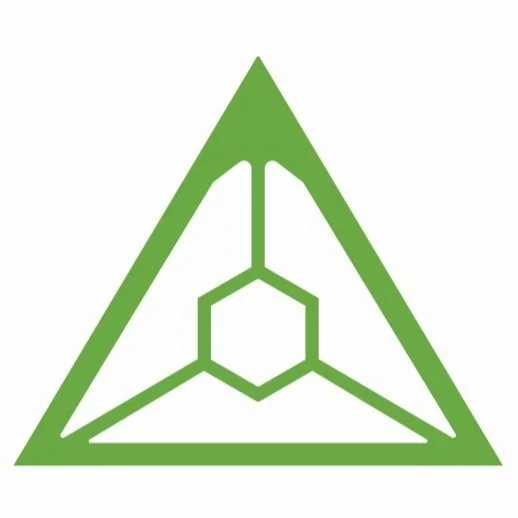The Future of Materials, Measured
For those who build with intention: the raw data you need to decide with clarity
More than specs — these are engineering decisions made simple.
These aren’t just impressive stats — they’re real-world advantages.
A tensile strength that outlasts decades of stress. A lifespan that reduces infrastructure turnover by half. Heat resistance that survives environments most materials can’t enter. And total recyclability, with no toxic output.
Every metric here does more than compete — it compounds.
Less weight means less fuel. Less corrosion means less maintenance. More durability means more decades in service.
This is what engineering smarter looks like.
Efficiency by The Numbers
This is what maximum return per kilogram looks like.
These aren’t just impressive stats — they’re real-world advantages.
A tensile strength that outlasts decades of stress. A lifespan that reduces infrastructure turnover by half. Heat resistance that survives environments most materials can’t enter. And total recyclability, with no toxic output.
Every metric here does more than compete — it compounds.
Less weight means less fuel. Less corrosion means less maintenance. More durability means more decades in service.
This is what engineering smarter looks like.
Looking Past the Numbers
The checkboxes don’t tell the full story
Many materials can technically claim recyclability, non-toxicity, or insulation — but the reality behind those claims varies dramatically. That’s why this chart isn’t just about what’s possible — it’s about what’s practical, sustainable, and truly future-proof.
Recyclability, for example:
Aluminum requires energy-intensive re-smelting and industrial processes to reuse. Fiberglass recycling is almost nonexistent. Basalt fibre, by contrast, is made from natural volcanic rock and can be reclaimed with minimal processing — no toxic byproducts, no special infrastructure.
Or corrosion resistance:
Steel needs coatings, carbon fiber degrades in saltwater, and fiberglass deteriorates over time. Basalt is inherently non-corrosive — no extra treatments, no long-term degradation. That’s performance and peace of mind.
And “non-toxic” — really means zero off-gassing, zero VOCs, zero harm to the environment or human health.
This chart is your quick-reference guide — but the story it tells is deeper. Basalt isn’t just checking boxes. It’s redefining the standard in every category that matters.
Cleaner by Nature. Compliant by Design
While most high-performance materials come at a cost to the environment, Basalt Fibre redefines what sustainability looks like in industry.
Non-toxic: No hazardous resins, binders, or chemicals. Safe to handle, safe to scale.
Zero off-gassing: Unlike carbon and some synthetics, Basalt emits nothing harmful over time — ideal for enclosed spaces and health-conscious applications.
Made from volcanic rock: A naturally abundant resource with minimal environmental disruption.
Fully recyclable: Can be reused, reprocessed, or repurposed — without losing integrity.
RoHS 2.0 compliant: Meets modern standards for restricted substances in electrical and electronic applications.
Basalt Fibre offers elite performance without compromise. It’s not just what it can do — it’s how cleanly and responsibly it does it.
